The field of artificial intelligence is undergoing a quiet revolution - one that moves beyond abstract algorithms and digital domains into the messy, unpredictable world of physical objects and spaces. This shift toward embodied intelligence represents a fundamental rethinking of how machines acquire and apply knowledge.
For decades, AI systems have demonstrated remarkable capabilities in virtual environments - beating chess grandmasters, generating human-like text, and recognizing patterns in massive datasets. Yet these same systems often struggle with tasks that human toddlers perform effortlessly: understanding that a glass can hold water but not sand, recognizing that pushing an object too hard might make it fall off a table, or realizing that rolling a ball downhill requires less energy than pushing it uphill.
The physical commonsense gap has become one of the most significant challenges in robotics and AI development. While large language models can discuss physics concepts eloquently, they lack the visceral understanding that comes from interacting with the physical world. This limitation becomes glaringly apparent when robots attempt to operate in unstructured human environments.
Traditional approaches to robotics have relied heavily on explicit programming and predefined rules for physical interactions. Engineers would painstakingly code responses to every conceivable scenario - an approach that works reasonably well in controlled settings like factory assembly lines but fails spectacularly in dynamic real-world environments. The new wave of embodied AI takes a radically different approach by allowing machines to learn physical intuition through experience, much like humans do.
Several pioneering research projects are demonstrating the potential of this approach. At MIT, researchers have developed robotic systems that learn manipulation skills through trial and error, gradually building an internal model of how objects behave when pushed, pulled, or stacked. Unlike traditional robots that follow precise movement scripts, these systems develop flexible strategies that can adapt to novel situations.
The key innovation lies in how these systems process sensory information. Rather than relying solely on visual data, embodied AI integrates multiple sensory streams - tactile feedback, force measurements, proprioception (awareness of body position), and sometimes even auditory cues. This multisensory approach mirrors how humans develop physical intuition, combining sight, touch, and muscle memory to understand our environment.
Simulation environments have become crucial testing grounds for embodied AI development. Advanced physics engines can now simulate realistic object interactions, allowing robots to accumulate thousands of hours of "experience" in compressed timeframes. These digital playgrounds enable systems to learn fundamental concepts like gravity, friction, and material properties before ever touching a real object.
However, the transition from simulation to reality - known as the "reality gap" - remains challenging. Researchers are developing sophisticated transfer learning techniques to help robots apply their virtual experience to physical environments. Some teams are creating hybrid training systems where robots alternate between simulated and real-world practice, gradually refining their understanding of actual physics.
The implications of this research extend far beyond robotics labs. As embodied AI systems develop more sophisticated physical intelligence, we're seeing applications emerge in healthcare (robotic assistants that can safely handle patients), manufacturing (more adaptable industrial robots), and even domestic settings (household robots that can actually tidy up effectively).
Perhaps most intriguing is how embodied intelligence might transform human-machine collaboration. Robots with genuine physical intuition could work alongside humans in ways that feel natural and intuitive, anticipating needs and adjusting their actions based on subtle contextual cues. This could revolutionize fields from construction to eldercare, creating partnerships where machines understand not just what we say, but how we physically interact with our environment.
Yet significant challenges remain. Current embodied AI systems still struggle with the infinite variability of real-world physics. A robot that masters picking up a coffee mug in a lab might falter when confronted with a differently shaped mug in a cluttered kitchen. Researchers are working on meta-learning approaches that allow robots to generalize their physical knowledge across diverse scenarios.
Another frontier involves combining large language models with embodied systems. The goal isn't to have chatbots control robots, but rather to create integrated systems where abstract knowledge and physical intuition inform each other. Imagine a robot that can read an instruction manual and then physically test different approaches to implement the instructions, learning from both the text and its hands-on experience.
Ethical considerations are also coming to the fore as these systems become more capable. How do we ensure robots with physical intelligence act safely and predictably in human spaces? What happens when embodied AI systems develop behaviors that weren't explicitly programmed but emerge from their learning processes? These questions are driving new research into explainable AI and robot ethics.
The embodied intelligence revolution represents a fundamental shift in how we think about artificial intelligence. It moves us beyond the paradigm of AI as pure information processing toward systems that understand the world through interaction and experience - much like biological intelligence evolved. As research progresses, we may find that true machine intelligence was never just about processing power or data volume, but about experiencing and making sense of the physical world we all share.
Looking ahead, the next decade of AI development may be defined not by bigger datasets or more parameters, but by richer physical interactions. The robots of the future might not impress us with their ability to chat or calculate, but with their capacity to navigate our world with the same intuitive understanding that comes naturally to humans. In this emerging paradigm, physical commonsense becomes not just another capability, but the foundation for genuinely intelligent machines.
As laboratories worldwide push the boundaries of what's possible in embodied AI, we're witnessing the dawn of a new era in robotics - one where machines don't just compute, but comprehend; don't just process, but perceive; and don't just follow instructions, but understand the physical consequences of their actions. This quiet revolution in physical commonsense may ultimately prove to be the missing link in creating AI systems that can truly coexist and collaborate with humans in our messy, unpredictable world.
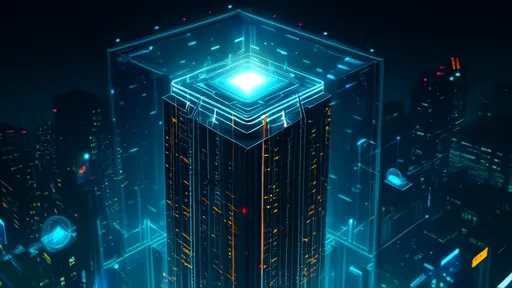
By /Jul 2, 2025
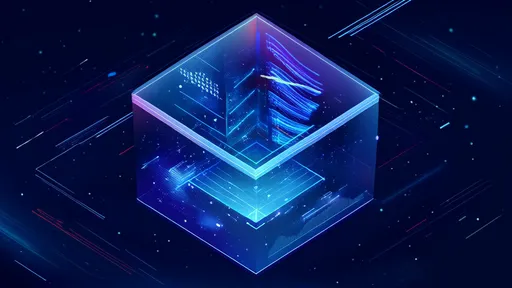
By /Jul 2, 2025
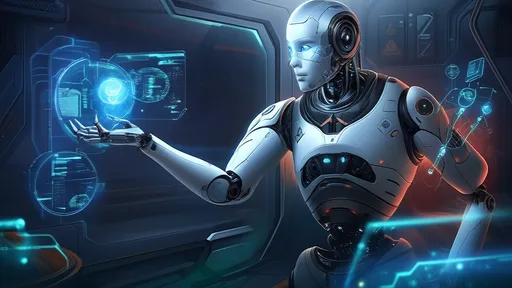
By /Jul 2, 2025
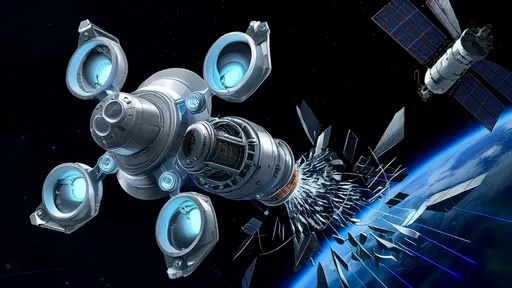
By /Jul 2, 2025
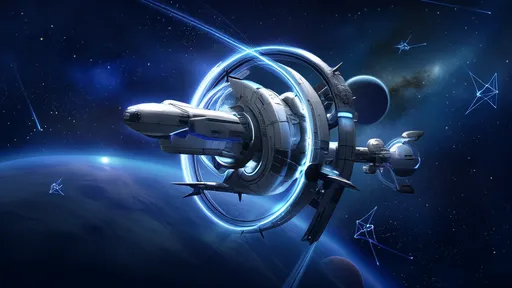
By /Jul 2, 2025
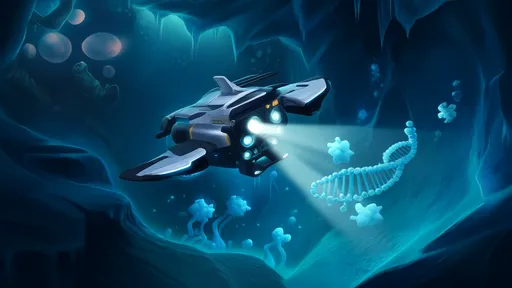
By /Jul 2, 2025
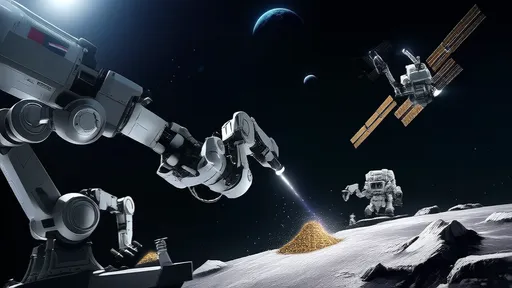
By /Jul 2, 2025
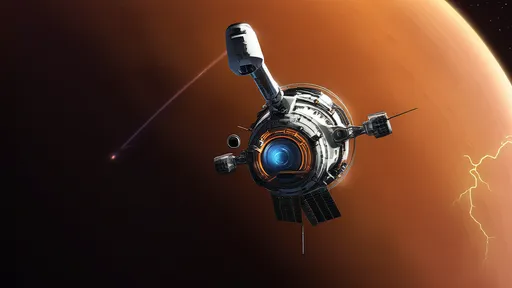
By /Jul 2, 2025
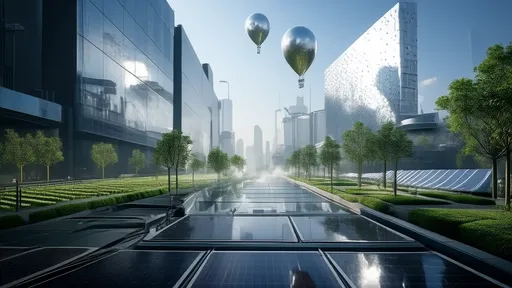
By /Jul 2, 2025
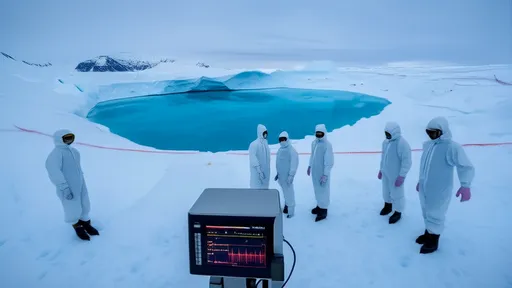
By /Jul 2, 2025
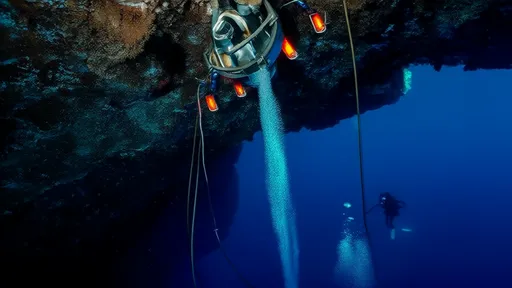
By /Jul 2, 2025
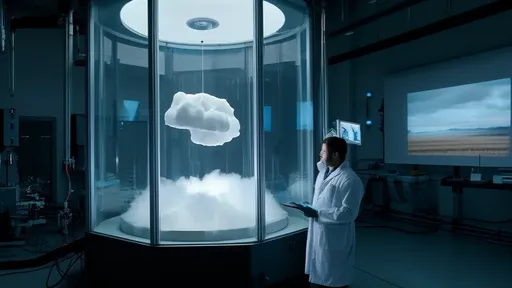
By /Jul 2, 2025
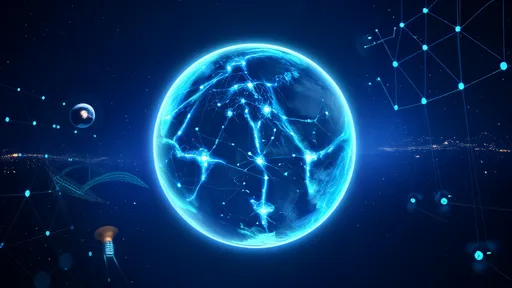
By /Jul 2, 2025
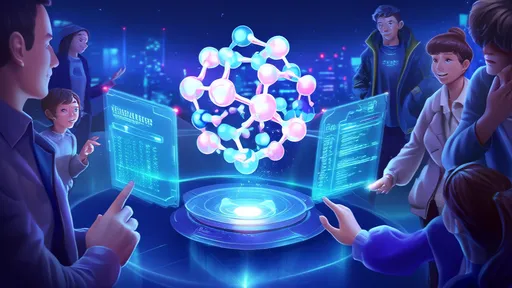
By /Jul 2, 2025
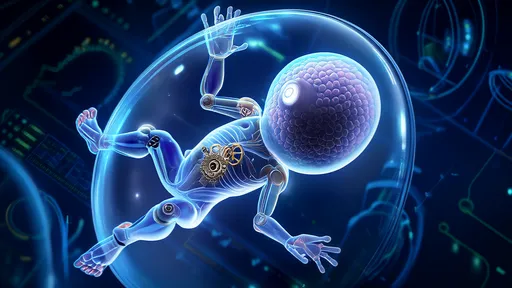
By /Jul 2, 2025
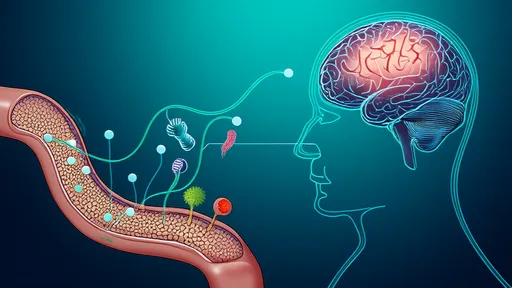
By /Jul 2, 2025
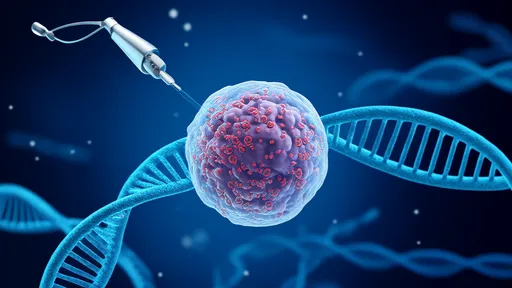
By /Jul 2, 2025
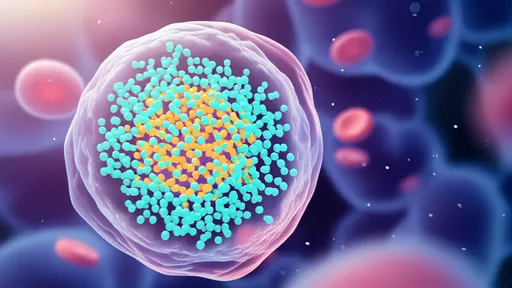
By /Jul 2, 2025
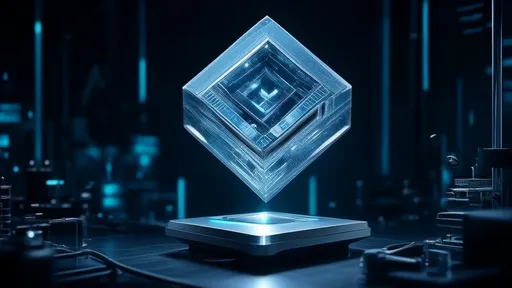
By /Jul 2, 2025
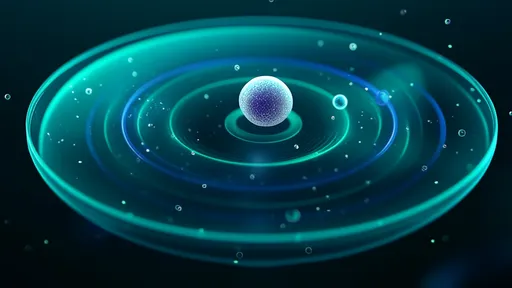
By /Jul 2, 2025